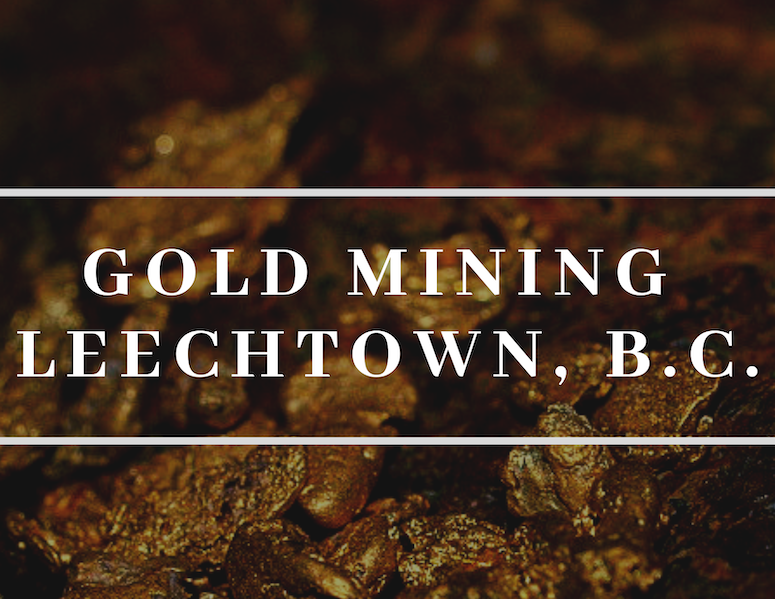
The Short-Lived Gold Rush to Leechtown
The Fraser Canyon Gold Rush of 1858 brought many miners in the British Columbia region. When gold deposits in Fraser Canyon diminished many of the miners left, but many others remained behind and began to explore rivers and creeks in the area in search of gold.
In 1894, a group of explorers on Vancouver Island discovered rich placers near the confluence of Leech River and Sooke River. This was at the southern tip of Vancouver Island, a relatively short distance from Victoria.
The spread of the news of this discovery caused a stampede on the river as thousands of miners rushed to the area in search of riches. In just a few months the population of the area had reached over 5000 people and a small town was organized.
The number of arrivals was so high that by mid-August more than 220 mining licenses had been granted and thousands of others were pending. By December, Leechtown was a fully-fledged town with hundreds of businesses such as hotels, saloons, stores, and gambling houses. The gold discovery proved to be quite rich with millions of dollars worth of gold being mined in the first year alone.
However, Leechtown did not last long. The majority of the gold here was easily panned from surface gravels, and by the summer of 1866 most of the easy gold in the area had been mined out. As a result, thousands of the miners and businessmen left in droves just like they had arrived.
Some miners took up permanent residence in the area operating a number of the mines for decades. The source of the gold here originates from auriferous quartz stringers that run through schists. It was arduous work tunneling through rock, chasing the gold as it ran through the mountain. Most of these mines failed, but some of the richer claims continued to be worked for decades.
Forgotten Leechtown
Today most of what was a thriving town has returned to the elements. There is no much evidence of a town that once boasted of over 5000 residents. Most of the buildings during the gold rush days were made from logs that either burned to the ground or decayed due to the wet coastal environment.
The region surrounding Leechtown is still covered with mining claims. There are several active claims in the region. The crude mining methods of the past century allowed quite a bit of gold to be missed by the early miners, so there is a surprising amount left in the area. There are local mining clubs that are active in this area which you can join to gain access to some good claims.
Leechtown Treasure Tales
There are a lot of folklores about Leechtown that still cause some excitement among prospectors and treasure hunters. One of the most popular stories is about gold nuggets that were worth about $40,000 some a hundred years ago that was buried by a prospector. The gold nuggets were stored in a knee-high leather boot and locked in with a cook pot before being buried. If the treasure exists, people surmise that it would be valued at several million dollars!
Another account mentions a miner who stumbles across a cave while looking for his lost mule. He crawled down into the cave and discovered a thick gold vein. He sampled some of the rich ore and returned to camp, but was unable to find the cave when he returned.
Old treasure tales are always fun to consider whether they are real or not. Even if there aren’t buried caches and lost gold veins out there, we know without a doubt that miners are still finding gold in Leechtown. You can still pan out some good gold from the rivers and creeks around this early mining camp.
Next: Gold Prospecting on the Similkameen River
